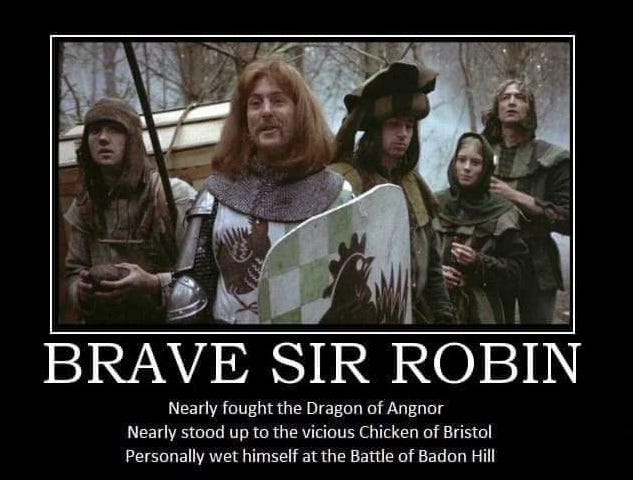
In rhyming, cumulative verse reminiscent of “The House That Jack Built,” the family prepares to honor Abuelo. They start with “the cloth, embroidered by Ama, / that covers the ofrenda that we built.” Next comes “the papel, cut with designs, / that graces the cloth, with ornate flowing lines, / that covers the ofrenda that we built.” They add candles to “welcome the ancestors in from the night,” delicious-looking sugar skulls (which “represent joy and how full life can be”), a copal to awaken the spirits, a bell that the whole family rings to guide the deceased home, and petals to “gather our ancestors in from the cold.” Each item holds meaning, conveyed artfully through the text. Finally, we see the last item of the ofrenda: photos of Abuelo, so he can be remembered. The bouncy verse scans well, accompanied by richly hued visuals depicting a loving, brown-skinned family taking part in the festivities. In the authors’ and illustrator’s notes, the creators discuss the personal significance of this holiday; readers will also find more background on Día de los Muertos.
























































![Key Metrics for Social Media Marketing [Infographic] Key Metrics for Social Media Marketing [Infographic]](https://www.socialmediatoday.com/imgproxy/nP1lliSbrTbUmhFV6RdAz9qJZFvsstq3IG6orLUMMls/g:ce/rs:fit:770:435/bG9jYWw6Ly8vZGl2ZWltYWdlL3NvY2lhbF9tZWRpYV9yb2lfaW5vZ3JhcGhpYzIucG5n.webp)

















